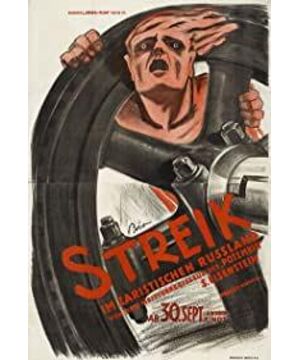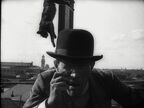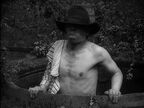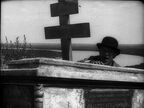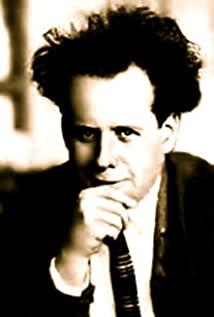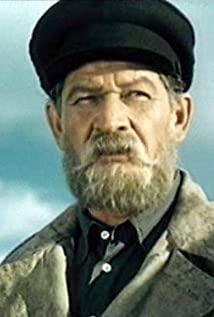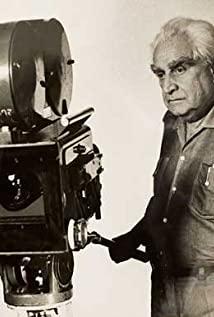As Eisenstein's debut novel, ideologically it conformed to the mainstream at that time, that is, to carry forward the spirit of the proletarian revolution, to show the exploitation of the bourgeoisie, to establish a sense of hostility, to reveal the bloody atrocities of those in power and the tenacious will of the proletarian workers, etc. In terms of the story and the core of the story, it seems to be extremely "red" today, with a very political propaganda function, and there is not much speculation and depth. Even in the later great "Battleship Potemkin", the story and core continue the elements of this debut. The portrayal of characters, the revelation of human nature, and the focus on the individual were never what Eisenstein liked. In this regard, Murnau was the leader of his era. But story and ideology aside, in terms of film form, experimentation in editing, and creativity, Eisenstein is unquestionably the best at this.
There are many comedy-filled passages and montages in the film, especially the metaphorical montage of people and animals. For example, a close-up of a dog sticking out its tongue is then blurred into a close-up of a man sticking out his tongue and a close-up of a fox's face. Bokeh into a smiling face of a man and a close-up of a monkey drinking water into a close-up of a man drinking water. These montages don't seem to have too many real metaphors to speak of, and they don't have much interpretability. They are more like an attempt, an experiment, and a naive innovation by Eisenstein. The passage of workers gathering in a public toilet to hold a secret meeting is also very hilarious. In his debut feature, Eisenstein showed his penchant for close-ups and editing with lots of short takes, which laid the foundation for the "Odessa Stairs" that followed. The final repression scene in the film can also be seen as the prototype of the "Odessa Staircase". Eisenstein had a special liking for large-scale melee fights.
The striking workers, who were hit by high-pressure water pipes, faced a crackdown, and the workers fled everywhere. The entire crackdown process created tension and crisis through a large number of short shots and quick close-up shots. They construct and deconstruct independent time and space in the same space and time to create space and time exclusive to the film, showing the role and artistic value of montage in film. This is already reflected in the film's final repression scene, and it is carried forward in "Battleship Potemkin". In the end, the montage between the slaughtered workers and the corpses and the close-up of the cow with its throat cut and bleeding played a role in rendering the emotion and showing the story.
View more about Stachka reviews


